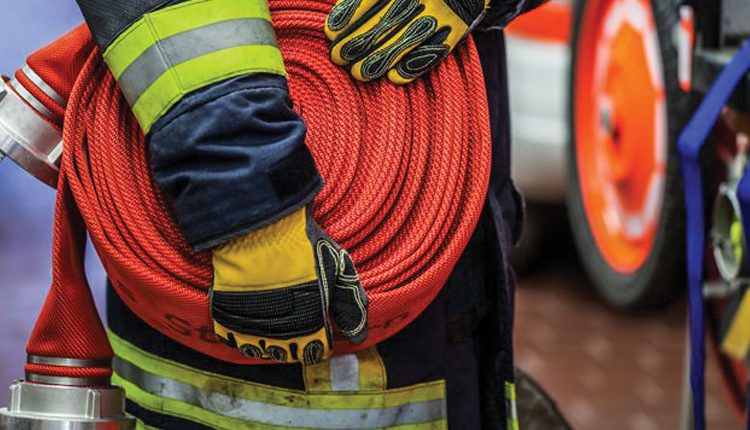By NewAge® Fire Fighting Co Ltd
NewAge® Fire Fighting Co Ltd is the largest and oldest manufacturer of fire fighting hoses in India and larger part of the continent. When fighting a fire, quality equipment is paramount to the safety of firefighters and the effectiveness of their firefighting efforts. One of the most important pieces of equipment is undeniably the fire hose. While fire hoses are durable, they are not invincible and still require proper care to work effectively. Without regular maintenance, mildew, UV rays, abrasions, and other damaging factors can weaken the hose. To keep your fire hose in quality shape and avoid detrimental equipment failures while out on the fire line, here are some tips on proper fire hose care and maintenance.
Tip 1 – PROPERLY USING YOUR FIRE HOSE
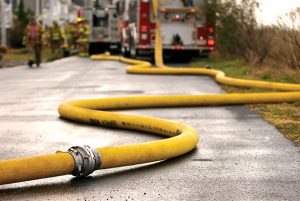
Biggest threat to the shelf life of any fire hose is abrasive surfaces. While using the fire hose, one should avoid dragging it on the ground whenever possible, especially over abrasive surfaces or sharp edges which would cut or tear the hose very easily.
If you have to absolutely drag the hose without any option, you may use a tool such as a hose roller to minimize damage. When dragging the hose, avoid dragging it along the edge or fold, which will concentrate the abrasion on the outer jacket. It is advisable to drag the flat section of the hose on the ground so that the wear is evenly distributed across a larger surface area.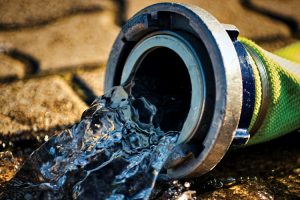
Over and above this, it is very important to be mindful of how you use the fire hose. You must avoid using the hose above its rated working pressure. Surges in water pressure can damage the hose. It is advisable to use the hose at or below its rated working pressure and gradually raise the pressure inside the hose at a slow pace.
Tip 2 – CLEANING AND DRYING THE FIRE HOSE
Unroll the fire hose on a clean surface and gently stretch it out to remove any kinks. Thoroughly brush any dirt off of the hose using a clean dry brush with soft or medium bristles. Refrain from using a hard-bristled brush, power washer, or solvent when cleaning the hose, as doing so may damage its outer jacket.
If dirt can’t be completely brushed away or if the hose was exposed to hazardous materials such as gasoline or oil, it must be washed and decontaminated using an approved method for the contaminant. When washing the fire hose, use a low-pressure water source such as a garden hose.
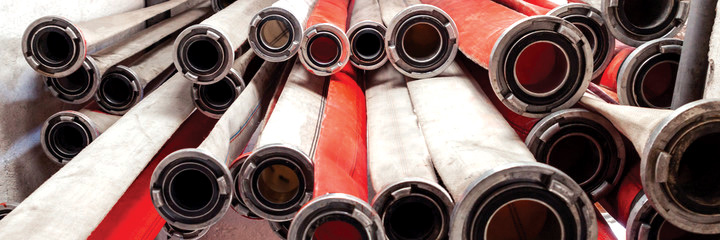
Once properly washed, wipe dry hoses that are covered with rubber, nitrile, or other protective exteriors. If a hose doesn’t have a protective exterior, place it on a towel or rack to dry. When using a commercial hose dryer, make sure that the inside of the hose drains entirely. The hose should not be dried under intense sunlight or on hot pavements.
Tip 3 – STORING YOUR FIRE HOSE
Hoses should be stored in a clean, properly ventilated area, away from direct sunlight. Before placing them in storage, thoroughly drain all hoses to prevent mold or mildew from accumulating. When preparing the hose for storage, make sure to roll the exposed male coupling threads inside the hose or cover them with protective caps to avoid damage.
When stored, allow plenty of room for the fire hose to breathe. Refrain from storing the fire hose in containers that create an air-tight storage environment such as plastic bags or shrink wrap. Doing so traps moisture inside the hose, which may facilitate mold or mildew growth. At least once every three months, change the position of the hoses folded in storage to prevent damage.
Tip 3 – INSPECTING YOUR FIRE HOSE
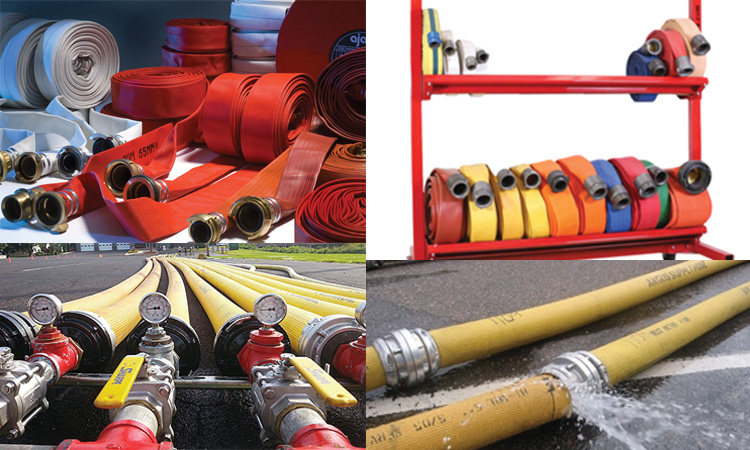
Inspect the hose’s interior at each end. When doing so, pay special attention to any physical signs of liner delamination. When liner delamination occurs, the separated liner can clog the hose nozzle or block pumps, rendering the hose inoperable. To determine if a hose liner has separated from the hose jacket, reach inside the hose and try to pinch the liner. If the liner can be pinched, then the liner is delaminated. If you notice signs of liner delamination, the hose is deemed irreparable. It must be removed from service and condemned.
Carefully inspect the fire hose’s couplings. When doing so, keep an eye out for defects such as damaged threads, missing lugs, corrosion, loose external collar, improperly operating locking devices, slippage on the hose, and other defects that could potentially impair the hose’s operation. When inspecting the hose, ensure that the service test of the hose is current.
If the hose doesn’t pass the physical inspection, it must be removed from service. Fortunately, many hose defects can be repaired. In cases of minor damage, the hose must receive necessary repairs and undergo a service test. If the damage is irreparable, the hose must be condemned.
![]()
For more information
NewAge® Fire Fighting Co Ltd
E-mail: info@newage-india.in
Web: www.newage-india.in

